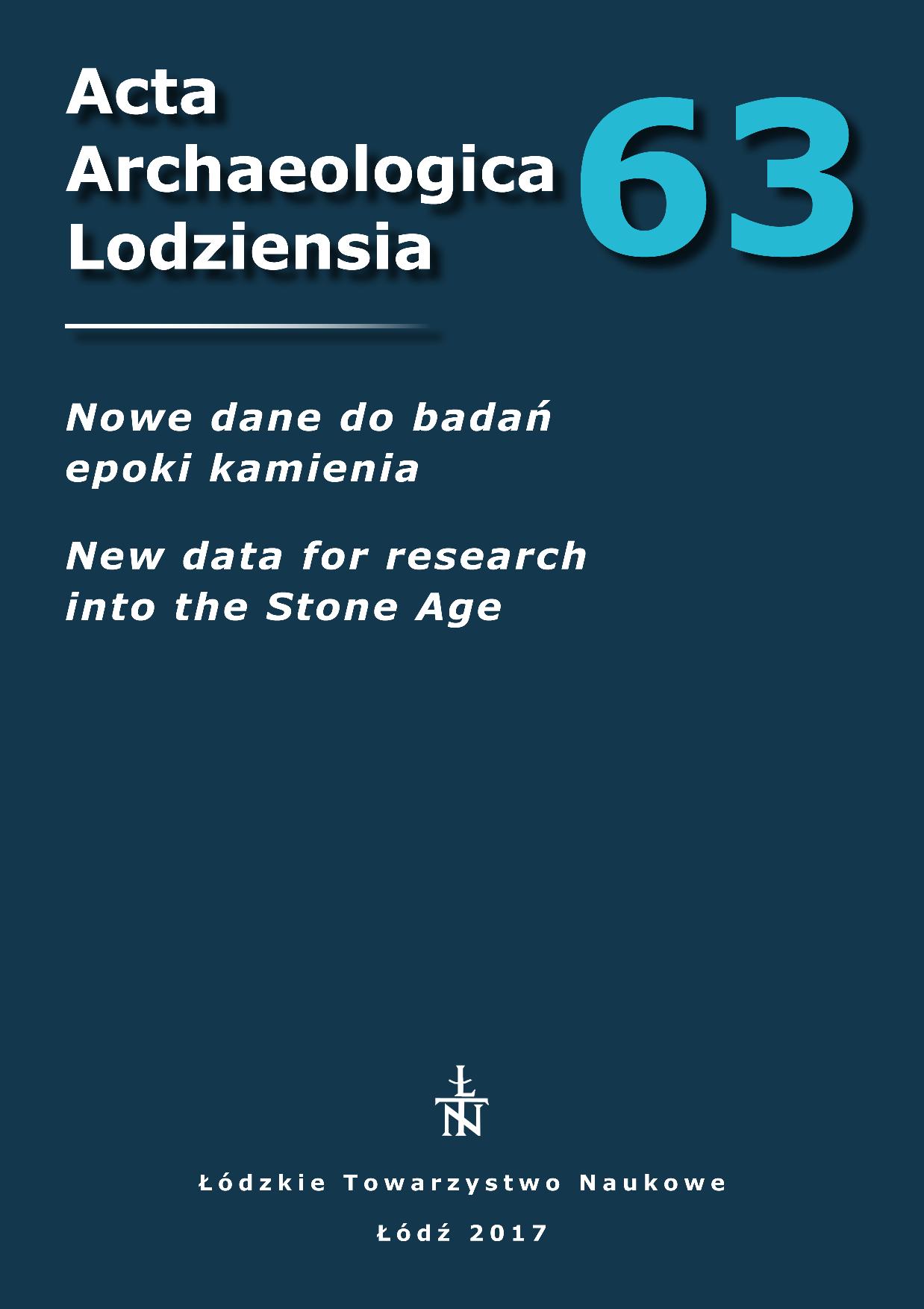New interpretations of the Neolithization process in South Scandinavia during the late 5th and early 4th millennium BC – an identification of the scouting, pioneering and consolidation phase
Nowe interpretacje procesu neolityzacji w południowej Skandynawii pod koniec 5 i na początku 4 tysiąclecia BC – identyfikacja zwiadowców, pionierów oraz fazy stabilizacji
Author(s): Lasse SørensenSubject(s): History, Archaeology
Published by: Łódzkie Towarzystwo Naukowe
Keywords: Południowa Skandynawia; Neolit; Ertebølle; Funnel Beaker; South Scandinavia; neolithisation; Late Ertebølle; Early Funnel Beaker; agrarian evidences; network
Summary/Abstract: In this paper it is argued, that the expansions of agrarian practices in southern Scandinavia were associatedwith three specific phases: a scouting, pioneering and consolidation phase. The scouting phase was initiatedby neighbouring agrarian societies in Central Europe during the late 5th millennium BC in order to identify futuresettlement grounds in South Scandinavia. The scouts initiated social gift relations with indigenous hunter-gatherers,which resulted in novel changes within the material culture together with the earliest evidence of domesticated animalsand plants. These scouts laid the foundations for a migration of pioneering farmers beginning around 4000 calBC, which were related to the Michelsberg Culture. These incoming pioneering farmers can be associated with somefundamental changes, as they settled on easy arable soils, thus demonstrating the introduction of an agrarian subsistencetogether with a new material culture and symbolic behaviour in South Scandinavia. The migration of pioneeringfarmers swiftly changed the material culture within the indigenous populations, thus supporting the theory of integrationismbetween the early farmers and local hunter-gatherers. Contemporary evidence from 4000 to 3700 cal BCalso indicate a variable degree of continuity within the material culture and subsistence strategies, thus suggestinga population duality consisting of farmers living on easy arable soils and indigenous hunter-gatherers experimentingwith agrarian practices, who settled the coastal zone. The continuous engagement and social interaction between thefarming societies living in the inland and the hunter-gatherers in the coastal zones resulted in a consolidation phasefrom 3800 cal BC onwards, which is characterized by a fully integrated and developed agrarian society, which wereinterconnected with a larger European network.
Journal: Acta Archaeologica Lodziensia
- Issue Year: 2017
- Issue No: 63
- Page Range: 59-78
- Page Count: 20
- Language: English

